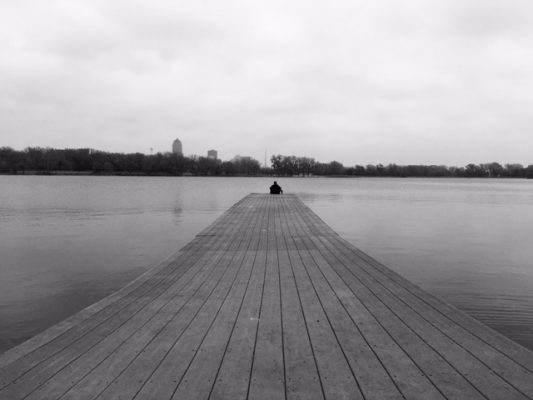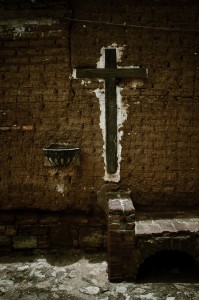My grandmother, Paula Brown, was a gadfly in Des Moines, Iowa, fighting McDonald’s garish golden arches and trying to save old buildings. Because of her, my mother didn’t allow us to eat at McDonald’s. I didn’t have my first Big Mac until I was 12 and it didn’t do much for me. (I think I’ve had three or four – the sum total of all McDonald’s burgers of any kind I’ve had in my life.)
I spent a day last week in Des Moines, Iowa, where I spoke to a convention of county Medical Examiners.
It was my first time in the city since I was 14. We went on several cross-country car trips from California to D es Moines when I was a kid.
es Moines when I was a kid.
My grandfather, Ken Brown, owned an engineering company in town. He formed Brown Engineering in the Depression with my grandmother. The company still exists.
My grandmother also fought for many years, successfully in the end, to preserve what’s known as Gray’s Lake, south of downtown Des Moines, and keep it from commercial development and motor boats.
I suspect most folks in Des Moines are happy she did. She’s mentioned on a plaque at the lake. It’s now a park – a beautiful, quiet part of the city, with a bike path and footpath around it, rowboats and a small concession stand.
The city has clearly put some energy into preserving the lake and its surroundings, while making it useful to folks. People, one fellow told me, use Gray’s Lake relentlessly in Des Moines.
I’m proud that she did that. I’m betting most people would love something like Gray’s Lake – free of speedboats and Applebee’s – as part of their town.
Made me think of heritage. My grandfather fought in Patton’s Army during World War II. That’s on my mother’s side.
A few months ago, my daughter and I went to NYC and to Ellis Island and found records of the man I believe is my grandfather on my dad’s side. Lauraino Quinones is the spelling we found – a fellow from Spain, born in 1900, who took a boat from the Dominican Republic and landed on Ellis Island in 1922.
The real spelling of my grandfather’s name was Laureano, so I don’t know if this is his record, but everything else matches up.
He had a story out of a novel. He was born an illegitimate son in 1900 in a small Atlantic Coast village in Spain. His mother, whose husband had abandoned her years before, left the boy with uncles and fled to Argentina to escape the scandal and was never heard from again.
He grew up with no one, I suppose, and when he was 20 he joined the Spanish merchant marine, jumped ship in Puerto Rico, cut sugar cane for two years, and then in about 1922 or so, made his way to NYC, and eventually to Allentown, Pennsylvania, where in due course he met my grandmother, Elena Matracino, from a large family of Italian immigrants.
He worked in a brewery and she in a sewing factory. They both died before I was born.
But I love those stories – I’m connected to Italian and Spanish peasants, Oklahoma farmers, somewhere in there we’re supposed to be related to Jefferson Davis, president of the Confederacy, and there is, I’m told, some Cherokee Indian as well.
All of that got mixed and mashed and, as it should, was turned into something else, new in America.



